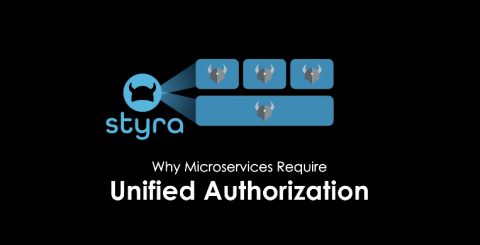The Definitive Guide to Travel APIs
Cutting-edge applications in the travel industry heavily rely on third-party APIs and web services. Take TripActions: the corporate travel management software connects to the United Airlines API, the Southwest Airlines API, and the Lufthansa Group API to import their content like flight schedules and fares. Likewise, it connects to human resources APIs (Namely, BambooHR), finance APIs (Expensify, Spendesk), travel services APIs (VisaHQ, Stasher), and more.




